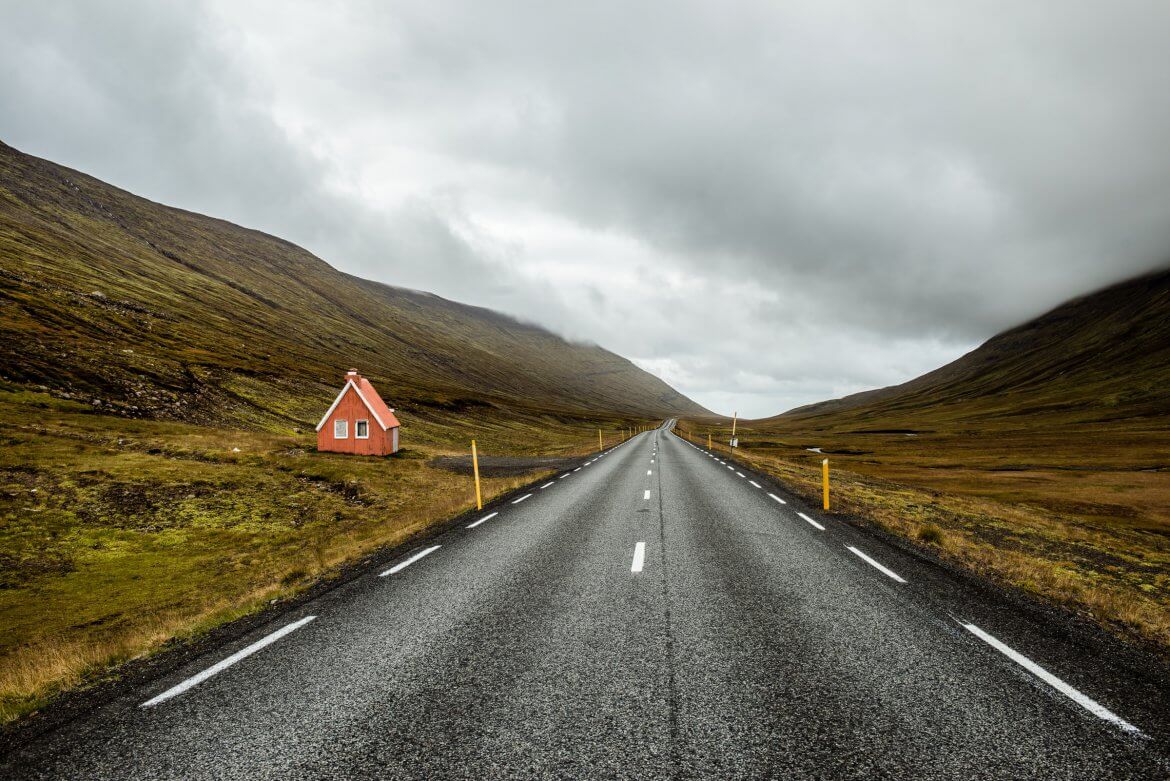Can I travel to Iceland in 2021?
The issue ofCOVID-19is omnipresent. The spread of the virus continues to cause restrictions in air travel, so it makes sense to follow the daily news and information from the government closely. What is the situation in Iceland? Is it possible to travel to Iceland?
The epidemiological situation in Iceland – in direct comparison with other European countries – is not serious. After a sharp rise in numbers in the fall of 2020, the country is now only very weakly affected by the disease. The number of new infections is extremely low, and the Icelandic 7-day incidence is the lowest in Europe. For this reason, there is currently no travel warning, and entry looks very good as of May 2021.
Individuals wishing to travel to Iceland must be tested before departure by boat or plane. This test must not be older than 72 hours. Travellers must then undergo another COVID-19 test at the Icelandic borderand subsequently enter a five- to six-day quarantine. At the end of the quarantine period, a second test is performed. If this is negative, nothing stands in the way of a camping vacation on the Nordic island! Quarantine must be done in a facility that meets specific requirements, i.e. it must have sanitary facilities, a bed for all family members and a space to cook.
Exempt from quarantine are persons whohave either already contractedCOVID-19 and are now fully recovered(a certificate is required)or have been fully vaccinated against COVID-19(proof of vaccination is required).
Practical information
The Icelandic climate
Despite its close proximity to the Arctic Circle, Iceland’s climate is not as cold as might be expected.. Thanks to warm ocean currents, such as the Gulf Stream and the Irminger Current,the climate is oceanic and subject to only moderate temperature fluctuations. Thus, temperatures are much milder than in other regions of these latitudes. The summer months are rather cool with just under 13°C degrees and the winter months are comparatively mild. Temperatures are then around 1°C degree. It rains most from November to March, while April and July have the most sunshine hours.
Heating possibilities in the campervan
If you are in the mood for an unforgettable camping vacation through Iceland’s breathtaking landscapes, you should first find out about different heating options in your campervan. Especially the nights can get quite chilly in these Nordic climes, and not every camping vehicle has an integrated heater. The possibilities for heating are many: whether with gas or diesel, electricity or solar, via the hot water or completely without water – everything is possible and depends on the particular campervan. The most obvious solution is heating with gas since this fuel is already used in the vast majority of campervans anyway. So you can save yourself the work with a completely new energy source. But gasoline heating is also possible, especially if your campervan runs on gasoline. The same is true if you want to heat with diesel and also fill up with diesel.
The most environmentally-friendly heating alternative is campervan heating with electricity. However, this only works if you are permanently at a campsite and are connected to the local power grid. The last option is heating with a wood stove. There are exceptional stoves for vehicles, which warm up the camper nicely.
Campervan rental in Iceland
Camping is becoming more and more popular. A campervan is the best way to explore the varied Icelandic landscape, because then you have the complete freedom and flexibility to drive and stay with your “home on the road“ exactly where you feel like it. It is easy to rent a suitable vehicle in Iceland and to travel the island individually. The best place to rent a vehicle is directly at Keflavík airport, at Ásbrú station, six kilometres away, or in the capital Reykjavik, where most of the providers are located. To rent a campervan, you will, of course, need a valid driver’s license and a valid credit card. Most camping vehicles must be booked for at least three days. The price usually includes CDW insurance with a deductible, free mileage and appropriate camping equipment, such as gas burner, pans and pots, plates and glasses, mattress and pillow. A camping table with chairs are also often included. Additional costs are the gas bottle and an extra driver. Throughout Iceland, there are over 60 camping sites registered with the tourist office.
